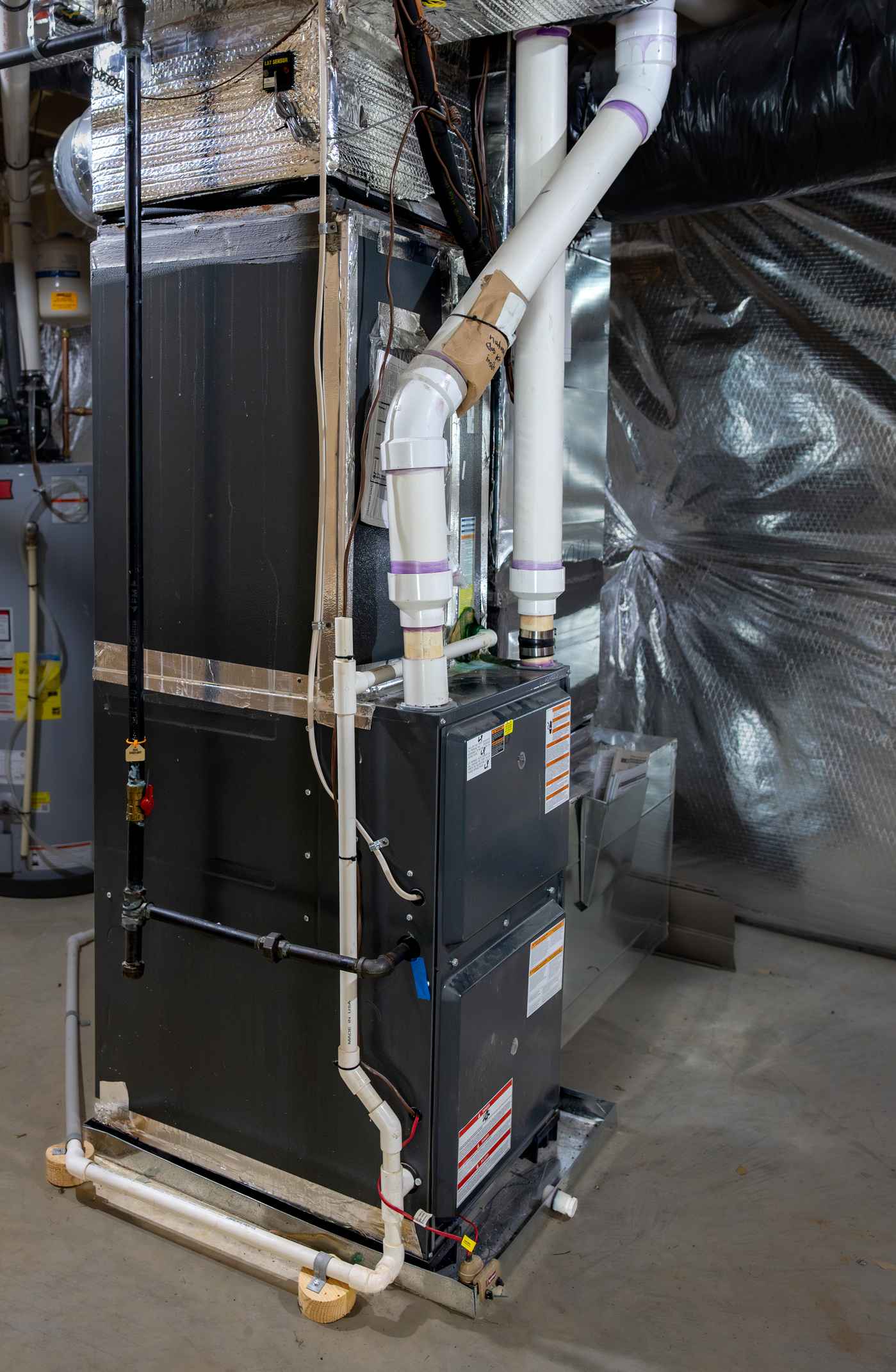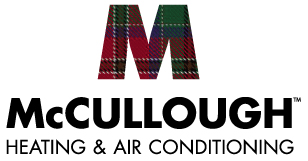4.8 Google Rating
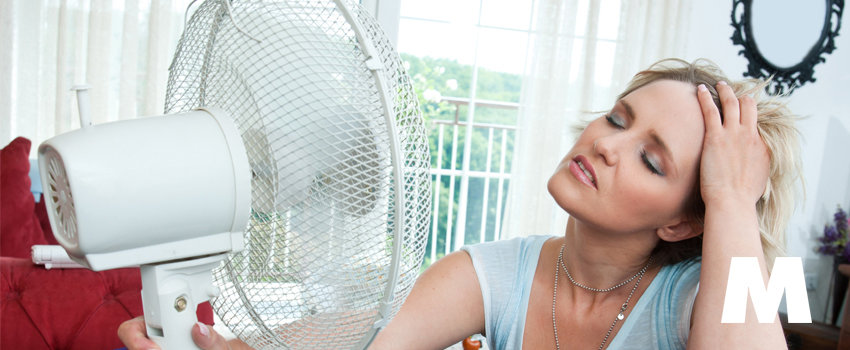
Is Your AC Struggling to Keep Your Home Cool?
If your air conditioner isn’t keeping your home as cool as it should, you’re not alone. Austin’s intense summer heat can challenge even the best HVAC systems. However, when an AC starts struggling to maintain your desired temperature, it can indicate underlying issues that need attention. Here are some common reasons your AC may be struggling and practical solutions to get your system back on track.
1. Clogged or Dirty Air Filter
A clogged or dirty air filter is one of the most frequent reasons for AC inefficiency. When the filter is blocked with dust and debris, it restricts airflow, forcing the system to work harder to cool your home. This not only affects cooling performance but also increases energy costs.
Solution: Check your air filter every month during the summer, and replace it every 1-3 months as needed. Homes with pets or allergy sufferers may need more frequent changes. A clean filter helps maintain good airflow, keeps your indoor air quality high, and allows your AC to operate efficiently.
2. Insufficient Insulation or Air Leaks
Poor insulation and air leaks can make it difficult for your AC to keep up with cooling demands, as cold air escapes and hot outdoor air seeps in. This is particularly common in older homes or homes with worn seals around doors and windows.
Solution: Inspect your home for any signs of air leaks, especially around doors, windows, and attics. Seal any leaks with weatherstripping or caulking, and consider upgrading insulation in critical areas like the attic. Improving your home’s insulation helps reduce the load on your AC and keeps your indoor temperature more consistent.
3. Dirty or Blocked Condenser Coils
The outdoor condenser unit releases heat absorbed from your home’s interior. When the condenser coils are dirty or blocked by debris, they can’t effectively release heat, making it harder for your AC to cool your home.
Solution: Regularly check the outdoor unit for debris, grass clippings, and dirt. Use a garden hose on a gentle setting to rinse the coils, but avoid high pressure, which can damage the fins. Clearing the area around the unit also ensures optimal airflow, improving your system’s cooling efficiency.
4. Incorrect Thermostat Settings
Sometimes, the thermostat settings are to blame for poor cooling. Incorrect settings or an outdated thermostat may prevent the system from functioning as efficiently as it should.
Solution: Set the thermostat to “auto” instead of “on” to prevent the fan from running constantly, which can circulate warmer air when the system isn’t actively cooling. For optimal efficiency, consider upgrading to a programmable or smart thermostat. These modern thermostats allow you to schedule temperature adjustments and make energy-efficient changes based on your routine.
5. Low Refrigerant Levels
Refrigerant is essential for cooling, as it absorbs heat from your home and releases it outside. Low refrigerant levels can prevent the system from effectively cooling your space and may cause the AC to run continuously without reaching the set temperature.
Solution: If you suspect low refrigerant, contact an HVAC technician for a diagnosis. Low refrigerant often results from a leak, which should be repaired before recharging the system. Only a certified technician should handle refrigerant, as it requires specialized tools and training.
6. Improperly Sized AC System
If your AC is too small for your home, it will struggle to cool the space effectively, especially during peak summer heat. On the other hand, an oversized unit can cycle on and off too frequently, which leads to uneven temperatures and increases wear and tear on components.
Solution: Proper sizing is essential for optimal cooling performance. If you suspect your system may be undersized or oversized, consult an HVAC professional who can perform a load calculation and recommend the appropriate unit size. Proper sizing ensures your system operates efficiently and maintains consistent temperatures throughout your home.
7. Leaky or Uninsulated Ductwork
Leaky ductwork can cause up to 30% of conditioned air to escape before it reaches your living spaces. This not only reduces cooling efficiency but also forces your system to work harder to maintain a comfortable temperature.
Solution: Inspect any accessible ductwork for visible gaps or disconnected sections. Sealing leaks with mastic or HVAC-specific tape can improve airflow and reduce energy loss. For comprehensive duct repair or insulation, consider hiring a professional to ensure your system delivers conditioned air effectively.
8. Aging AC System
An AC system’s performance declines with age, and units over 10-15 years old may struggle to keep up with the cooling demands of a hot Austin summer. Older systems are also less energy-efficient, which can lead to higher energy bills and increased repair needs.
Solution: If your system is approaching the end of its lifespan, it may be time to consider an upgrade. Modern air conditioners are designed with higher SEER (Seasonal Energy Efficiency Ratio) ratings and advanced technology that can significantly improve comfort while lowering energy costs. Talk to a trusted HVAC professional about options for replacing your old system with a high-efficiency model that meets your home’s cooling needs.
9. Insufficient Airflow from Blocked Vents
Blocked or closed vents can impede airflow, preventing the AC from cooling your home effectively. When furniture, curtains, or other obstructions block vents, it disrupts the circulation of cool air and makes it harder for the system to reach the desired temperature.
Solution: Walk through each room and ensure that all vents are open and unobstructed. This simple step can often improve airflow and ensure that cool air is distributed evenly. Keeping vents open and clear allows your AC to work efficiently and maintain consistent temperatures in every room.
10. Poor Indoor Air Quality
Poor indoor air quality, caused by dust buildup, allergens, and humidity, can also contribute to cooling issues. Excess humidity, for example, can make your home feel warmer than it is, causing the AC to work harder.
Solution: Consider installing a dehumidifier to manage indoor humidity levels, especially during humid months. Regularly clean your home and HVAC system components like filters and vents to keep dust and allergens under control. Managing indoor air quality can improve comfort, help your AC cool more efficiently, and reduce strain on the system.
Conclusion: Get Professional Help from McCullough Heating & Air Conditioning
If your AC is struggling to keep up with Austin’s intense heat, these troubleshooting steps can help you identify and resolve common issues. However, for persistent problems or complex issues like low refrigerant or improper sizing, it’s best to call in a professional. McCullough Heating & Air Conditioning offers expert repair, maintenance, and installation services to keep your home comfortable throughout the hottest months. Contact us today to schedule a service and restore your AC’s performance.
Recent News
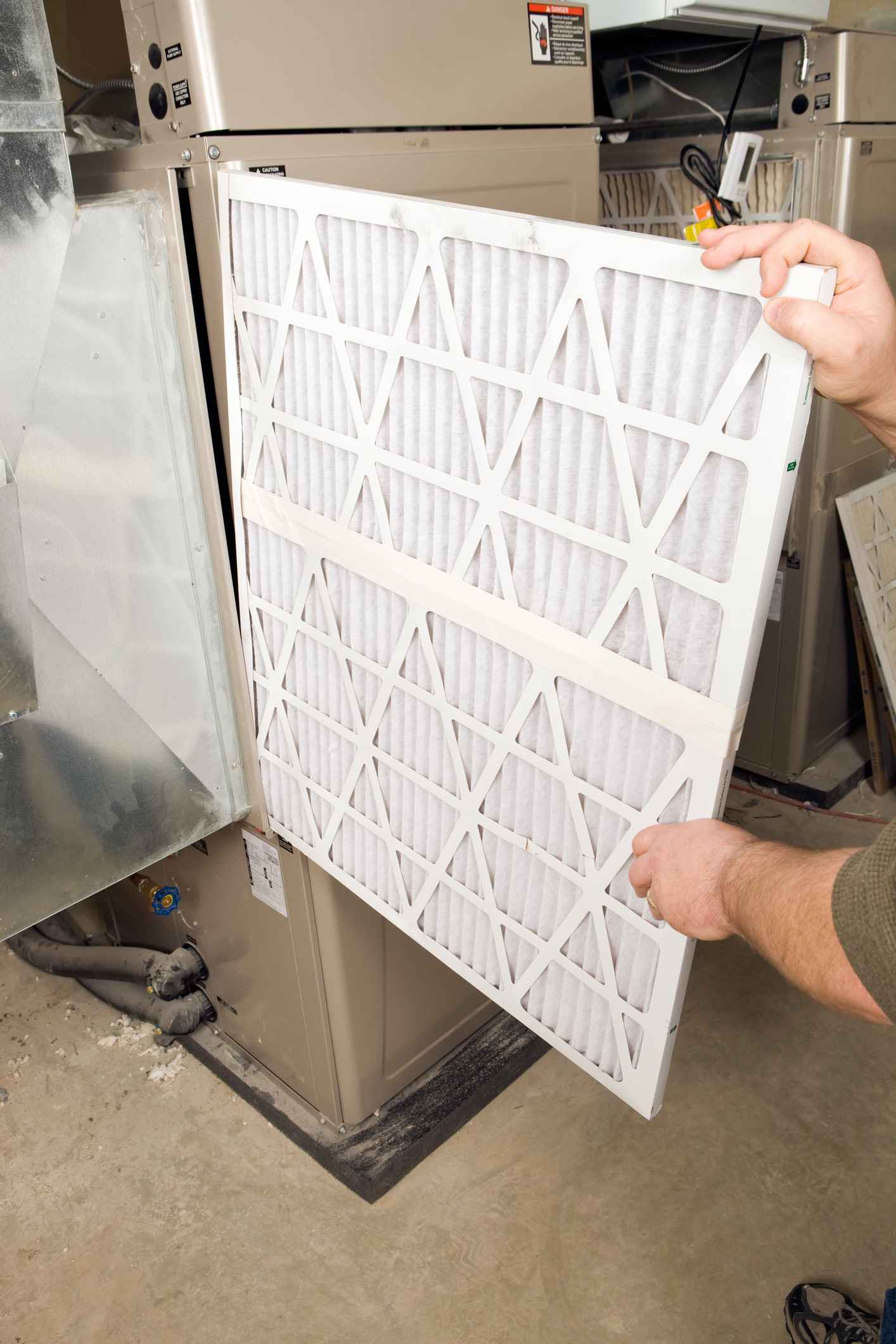
December HVAC Checklist: How Austin Homeowners Can Stay Warm During Sudden Cold Snaps

The Hidden Costs of Ignoring HVAC Duct Leaks in Austin’s Humid Climate

What Makes McCullough Heating & Air Conditioning the Right Choice for Austin Heating Needs

Why Texas Homeowners Are Upgrading to Heat Pumps in 2026: Efficiency & Tax Credit Insights
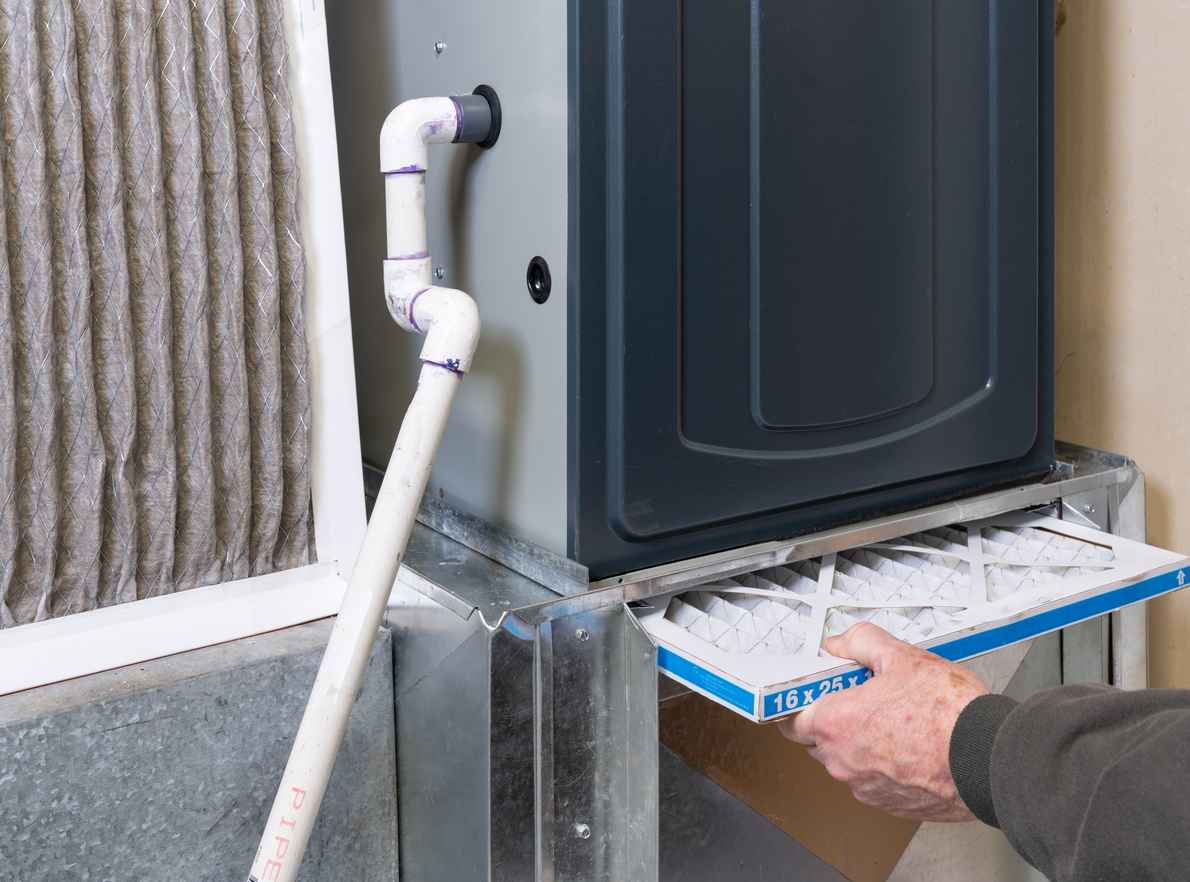
Is Your Furnace Ready for a Central Texas Winter? Austin Homeowners Should Check This First

Don’t Get Spooked by Strange HVAC Noises This Halloween: Austin’s Guide to a Fright-Free, Cozy Home
